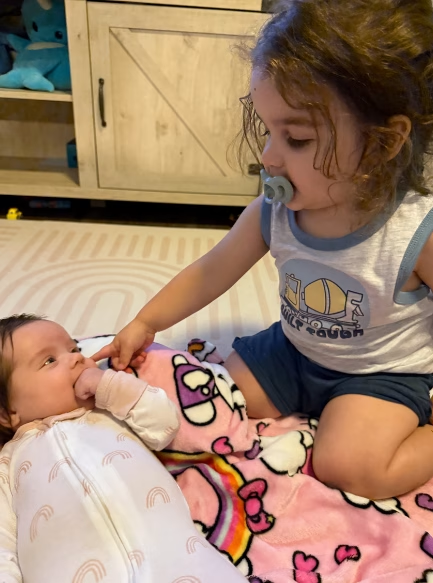Creating an organized home is more than a design goal; it’s a way to cultivate calm, focus, and growth for your children. For young working parents, the challenge of balancing busy schedules with a nurturing environment can feel overwhelming. Yet, with intentional design and practical strategies, an organized home can become a sanctuary that supports both parent and child.

Here are seven powerful ideas to transform your space and help your children thrive.
1. Create a Family Command Center
A family command center keeps keys, backpacks, schedules, and reminders in one accessible spot. By having a centralized area, parents reduce morning stress, and children learn routines naturally. An organized home thrives when families can see and manage daily tasks effortlessly, helping children develop responsibility and independence from an early age.
2. Designate Play Zones
Children’s toys can quickly take over living spaces, creating chaos and stress. By establishing designated play zones with bins, shelves, or baskets, you can maintain an organized home while encouraging creative play. Play zones teach children how to sort, clean up, and respect boundaries, essential skills for growth and learning.
3. Utilize Smart Storage Solutions
Vertical shelves, under-bed storage, and multifunctional furniture are lifesavers for small spaces. Thoughtful storage keeps toys, books, and clothes off the floor, reinforcing a sense of order. A well-planned, organized home makes tidying up easier and helps children understand that everything has its place.
4. Incorporate Clear Labels
Labels aren’t just for parents; they guide children to know where items belong. Using colorful, easy-to-read labels on bins, shelves, and drawers strengthens organization skills and memory. When children can participate in maintaining an organized home, they gain confidence and a sense of responsibility.
5. Keep Surfaces Clear
Cluttered counters and tables increase stress and reduce functionality. Teaching children to put away items and keep surfaces clear creates a calming atmosphere. In an organized home, clear spaces encourage focus, imaginative play, and family interaction, fostering a healthy environment for growth.
6. Establish a Morning and Evening Routine
Consistency is key for young children. Structured routines, supported by an organized home, help kids know what to expect, develop independence, and manage time effectively. A tidy environment makes routines seamless, whether it’s getting dressed, brushing teeth, or preparing for bedtime.
7. Involve Your Children in Cleanup
One of the most impactful ways to nurture growth is to make organization a family habit. Involving children in cleaning up toys, clothes, and personal items instills accountability. Over time, participating in an organized home becomes second nature, teaching essential life skills and reinforcing the value of order and responsibility.
Closing Thoughts
An organized home is more than aesthetic; it’s a foundation for emotional well-being, learning, and personal growth. By implementing these seven powerful ideas, parents can create spaces that support both productivity and calm, helping children thrive in a balanced, nurturing environment. Remember, the journey toward an organized home is gradual; small, consistent steps will make a lasting impact on your family’s life.





